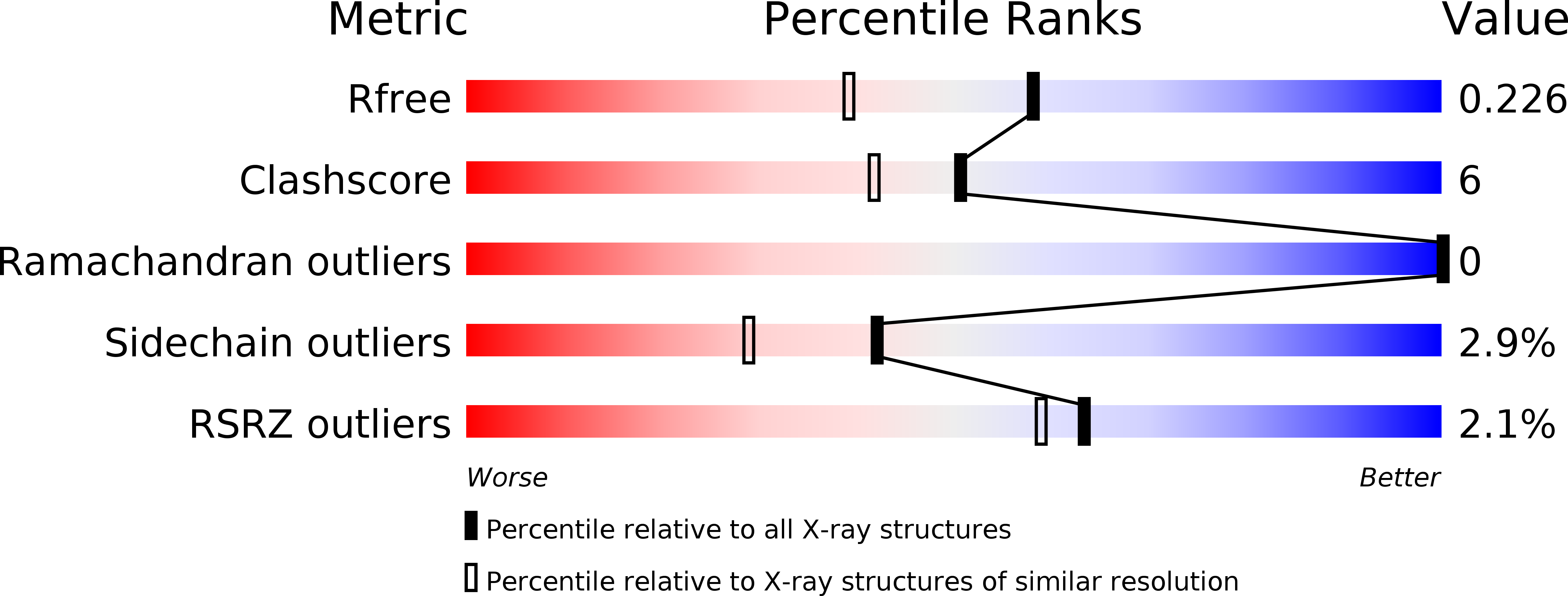
Deposition Date
2007-12-10
Release Date
2008-10-21
Last Version Date
2023-08-30
Method Details:
Experimental Method:
Resolution:
1.80 Å
R-Value Free:
0.22
R-Value Work:
0.17
R-Value Observed:
0.17
Space Group:
P 1


